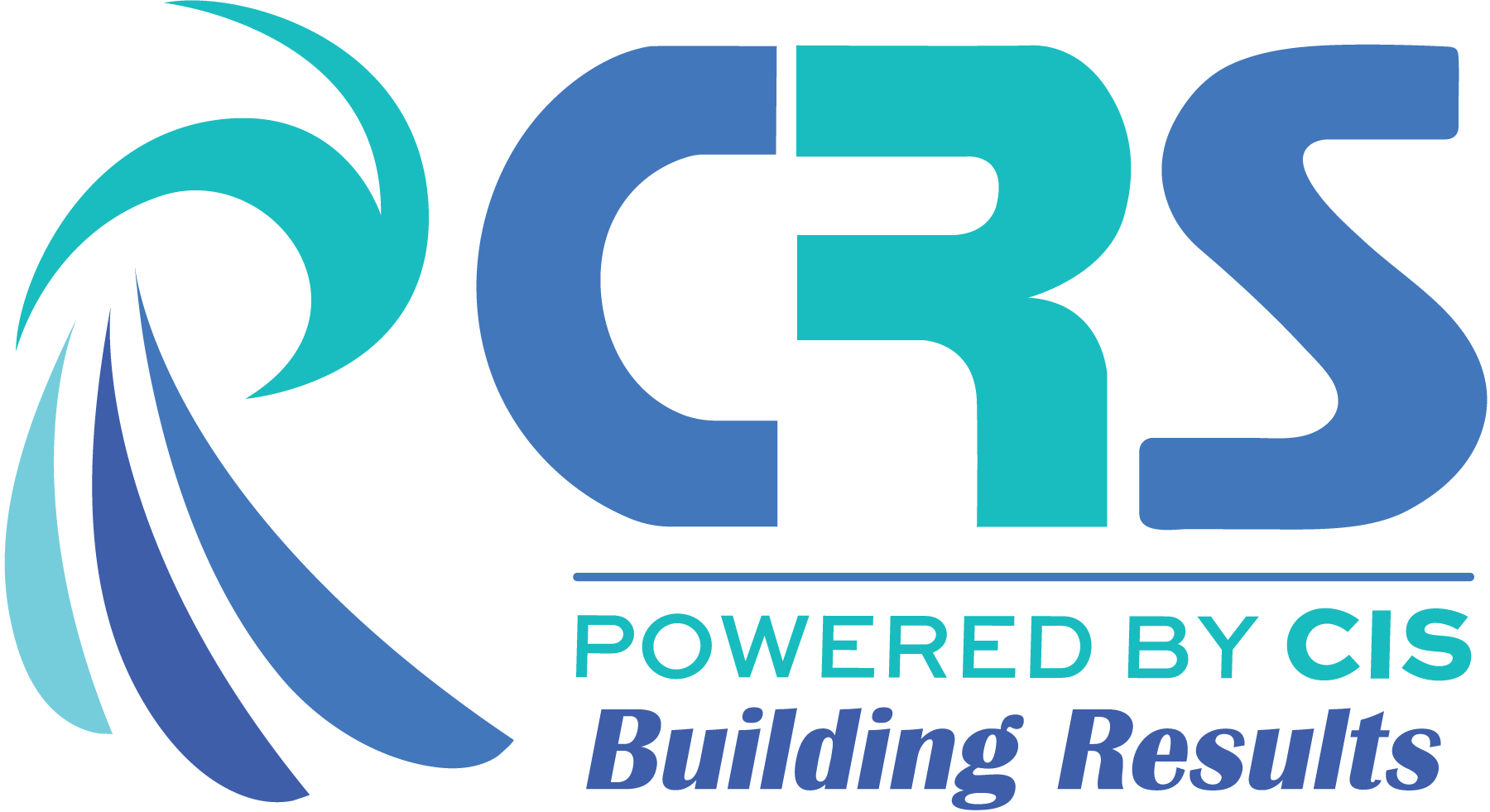Subcontracting is a vital component of many businesses, but there’s a lot that can go awry if you’re not adequately protected. One of the key protective measures is ensuring you have the right documentation from your subcontractors, primarily their insurance certificates. In today’s blog post, we’ll dive into why these documents are crucial and what specifics you should be looking out for.
Why Your Insurance Company Needs Your Subcontractor’s Insurance Certificates
Your general liability insurance company isn’t just being picky when they ask for certificates of insurance from your subcontractors. Their main objective is to manage their risk. If a claim arises, they need to ensure they have the right documentation so they’re not the ones left to shoulder the financial burden. By acquiring a certificate of insurance from your subcontractors, they are effectively safeguarding themselves from potential financial payouts.
Deciphering the Certificate of Insurance
When you receive a certificate of insurance from your subcontractor, there are certain boxes and descriptors you should pay close attention to:
- Certificate Holder’s Box: This should contain your company’s name.
- Description Box: Here, the subcontractor should state that you are listed as additionally insured. It should also mention a waiver of subrogation and the subcontractor’s commitment to a hold harmless agreement.
The Significance of Waiver of Subrogation
A crucial element you should ensure is in place is the waiver of subrogation. This means the subcontractor waives their right to seek claims from you in the event of a mishap. This is not just a protective measure for your peace of mind, but it also safeguards your insurance company and ensures your premium rates don’t skyrocket due to a claim arising from a subcontractor’s work.
Key Details on the Insurance Certificate
While having your company name and address in the certificate holder’s box is a must, it’s also beneficial if the project address is mentioned. However, if a subcontractor works on multiple projects in a region, a general area notation, like “Southern California,” can suffice.
In Conclusion
The intricacies of subcontractor insurance might seem daunting, but they are instrumental in ensuring the smooth functioning of your projects and the financial safety of your business. Remember, these certificates are in place not just to protect you, but also your clients, from getting entangled in claims they’re not responsible for.
Thank you for reading, and if you’re hungry for more insights, don’t hesitate to explore my other videos. Should you have queries on this topic, feel free to reach out or drop me an email. Stay informed and protected!

